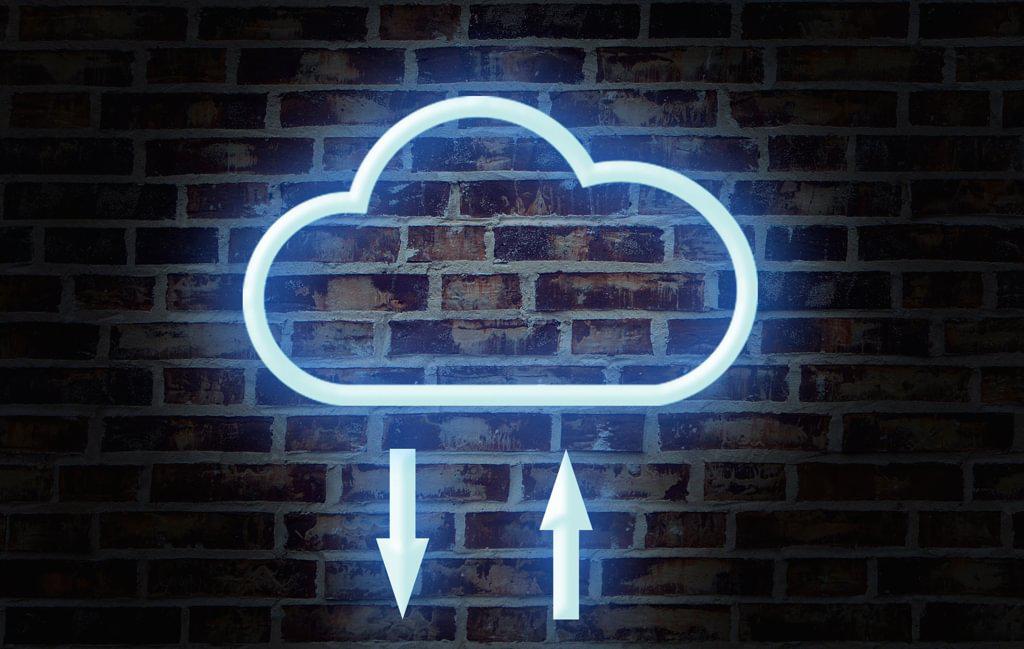
Cloud services have something to offer almost every kind of business. In fact, if you believe Amazon’s hype, we’re heading for a C world where companies of all sizes run entirely on remote servers. Microsoft treads a little more cautiously, focusing on hybrid architectures, but either way, it seems certain that the cloud is integral to the future of many businesses.
The challenge is, it’s not always easy to tell which cloud platform will be the best fit for a particular role in a particular organisation. That’s partly because the different providers make broadly the same promises, enabling you to deploy services almost on a whim, and scale them up or down with minimal management.
But while the fundamentals might seem identical, as soon as you start to look in depth at the two biggest platforms – those being, without question, Amazon and Microsoft – you run into nuances and differences of philosophy that can have an enormous impact on either the service or the customer.
How did we get here?
Only around 15 years ago, most corporations were built largely on in-house hardware. This was a big expense: the capital footprint of a standard server, including the lifetime costs, right down to the ground rent for the rack in which the server would hide, could easily come to £250,000. And after that investment, most server CPUs spent the majority of their time sitting idle.
Then came the virtualisation revolution, which allowed businesses to work their IT investments harder by running a dozen




